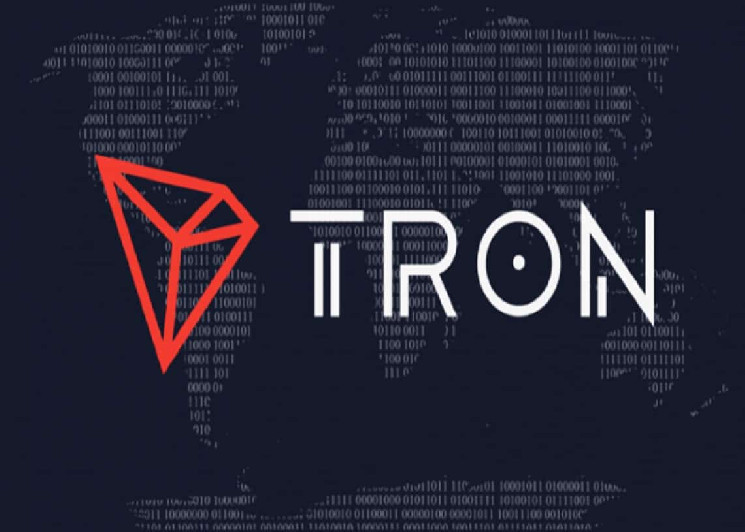VanEck, a reputable player in the crypto industry, remains bullish on Bitcoin’s prospects as we head into the fourth quarter. This optimism is rooted in the strong macroeconomic environment and the continued influx of institutional funds into the leading cryptocurrency. However, the firm also raises concerns about Ethereum’s challenges in maintaining its market share and sustaining fee generation.
In their latest report for September, VanEck highlights Bitcoin’s impressive performance, with a 7.7% gain fueled by factors such as the Federal Reserve’s rate cut and China’s economic stimulus. In comparison, Ethereum lagged behind, with only a 3.2% increase during the same period.
Bitcoin’s rally is further supported by the $1.2 billion in net inflows into US Bitcoin exchange-traded products (ETPs), underscoring growing investor confidence. These ETPs have accumulated more Bitcoin than the amount mined since their inception, playing a vital role in price discovery for the digital asset.
On the flip side, Ethereum continues to face challenges, particularly in fee generation and market share. The implementation of EIP-4844 has shifted Ethereum towards serving as a settlement layer for Layer-2 blockchains, resulting in a substantial decline in transaction revenues from $7.2 billion in March to $1.2 billion in September. While Ethereum aims for mass adoption in the long term, its current underperformance poses a threat to its market positioning.
In terms of top metrics for Layer-1 blockchains in September, Sui emerged as the standout performer, skyrocketing by 118% to achieve a $5 billion market cap. The network also witnessed significant growth in daily active addresses (DAAs) and revenue, driven by speculation around meme coins and native stablecoin activities.
Aptos and Solana also made notable gains, with Aptos climbing 23% and Solana surging by 14%. Aptos’ growth was propelled by the Raptr software upgrade, enhancing transaction speeds and boosting daily active addresses. Solana’s performance was driven by the much-anticipated “Firedancer” upgrade, which promises to improve transaction throughput and network reliability.
Conversely, Polygon faced challenges in September, with a 4% decline attributed to a drop in daily active users and a reduction in fee generation. Despite these setbacks, Polygon continued with its Polygon 2.0 roadmap, successfully transitioning the MATIC token to POL to enhance interoperability and scalability.
Overall, memecoins saw a 31% increase, while DeFi tokens experienced a 19% gain. Layer-1 tokens as a whole rose by 11%, with crypto equities also posting an 11% increase during the month. The crypto industry remains dynamic, with various blockchain projects and tokens showcasing diverse performances and developments.









